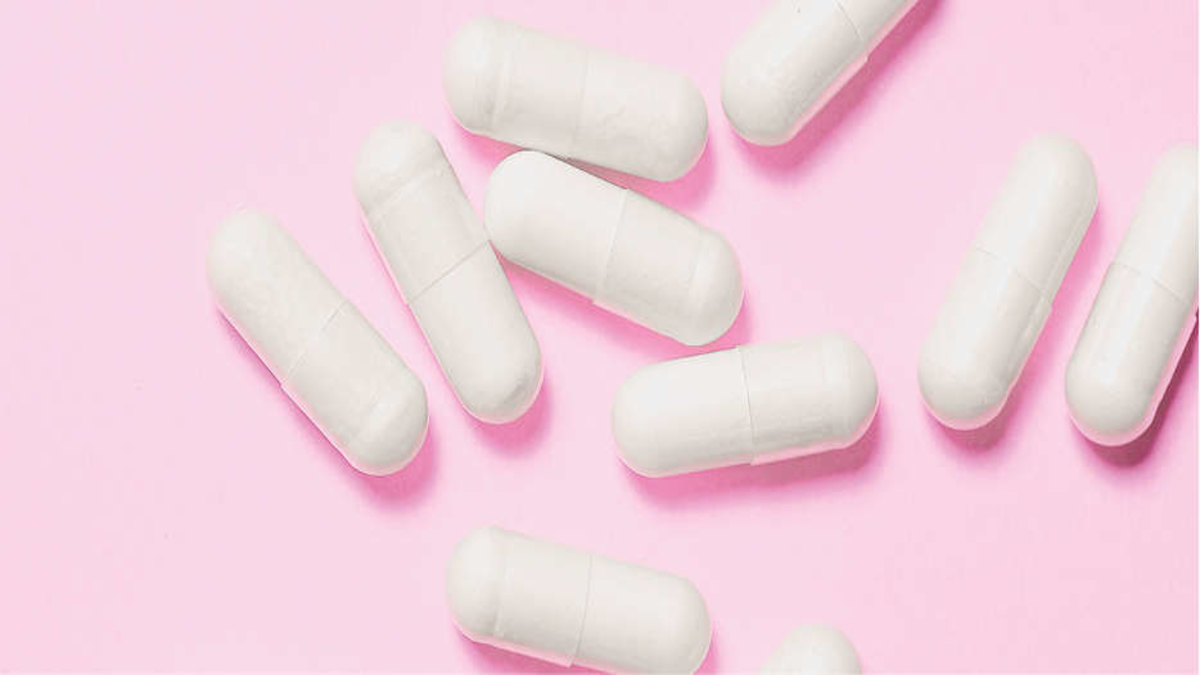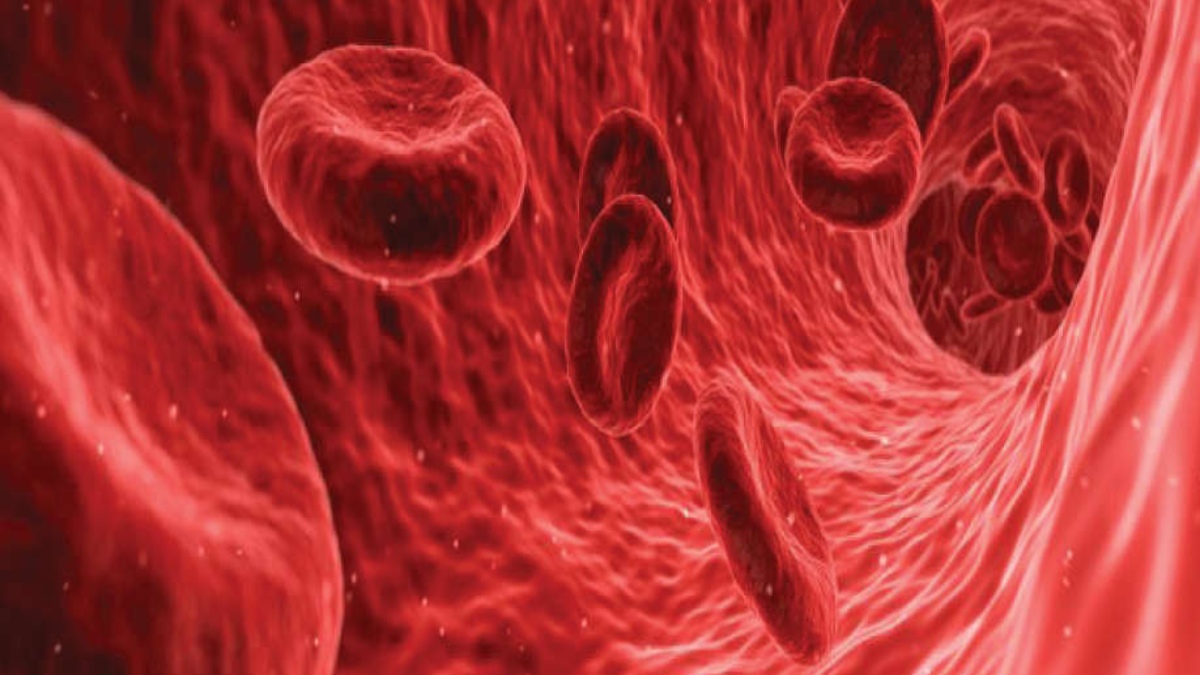Over the last few decades, scientists have discovered that long-term calorie restriction provides a wealth of benefits in animals: lower weight, better blood sugar control, even longer lifespans.
Researchers have largely assumed that reduced food intake drove these benefits by reprogramming metabolism. But a new study from the University of Wisconsin-Madison researchers finds that reduced calorie intake alone is not enough; fasting is essential for mice to derive full benefit. The team published their findings in the journal Nature Metabolism.
The new findings lend support to preliminary evidence that fasting can boost health in people, as trends like intermittent fasting continue to hold sway. These human and animal studies have added to the growing picture of how health is controlled by when and what we eat, not just how much.
The research further emphasizes the complexity of nutrition and metabolism and provides guidance to researchers trying to untangle the true causes of diet-induced health benefits in animals and humans.
The researchers discovered that combined with eating less, fasting reduces frailty in old age and extends the lifespan of mice. And fasting alone can improve blood sugar and liver metabolism. Surprisingly, mice that ate fewer calories but never fasted died younger than mice that ate as much as they wanted, suggesting that calorie restriction alone may be harmful.
The research was led by UW School of Medicine and Public Health metabolism researcher Dudley Lamming, his graduate student Heidi Pak and their colleagues at UW-Madison and other institutions.
Pak and Lamming were inspired to conduct the study because researchers began to realize that previous studies had unintentionally combined calorie restrictions with long fasts by providing animals with food just once a day. It was difficult, then, to distinguish the effects of one from the other.
“This overlap of treatment — both reducing calories and imposing a fast — was something that everybody saw, but it wasn’t always obvious that it had biological significance,” said Lamming, who has long studied the effect of restricted diets on metabolism. “It’s only been in the past few years that people started getting interested in this issue.”
To untangle these factors, Lamming’s group designed four different diets for mice to follow. One group ate as much as they wanted whenever they wanted. Another group ate a full amount, but in a short period of time — this gave them a long daily fast without reducing calories.
The other two groups were given about 30 per cent fewer calories either once a day or dispersed over the entire day. That meant that some mice had a long daily fast while others ate the same reduced-calorie diet but never fasted, which differed from most previous studies of calorie restriction. It turned out that many of the benefits originally ascribed to calorie restriction alone — better blood sugar control, healthier use of fat for energy, protection from frailty in old age and longer lifespans — all required fasting as well. Mice who ate fewer calories without fasting didn’t see these positive changes.
Fasting on its own, without reducing the amount of food eaten, was just as powerful as calorie restriction with fasting. Fasting alone was enough to improve insulin sensitivity and to reprogram metabolism to focus more on using fats as a source of energy. The livers of fasting mice also showed the hallmarks of a healthier metabolism. The researchers did not study the effect of fasting alone on lifespan or frailty as mice age, but other studies have suggested that fasting can provide these benefits as well.
While the mice that ate fewer calories without ever fasting did show some improved blood sugar control, they also died younger. Compared with mice who both ate less and fasted, these mice that only ate less died about 8 months earlier on average.
“That was quite surprising,” said Lamming, although other studies have also shown some negative effects from restricting calories. The team also measured frailty through metrics like grip strength and coat condition. “In addition to their shorter lifespans, these mice were worse in certain aspects of frailty, but better in others. So, on balance, their frailty didn’t change much, but they didn’t look as healthy.”
The primary studies were done in male mice, but Lamming’s lab also found similar metabolic effects of fasting in female mice. The research reveals how difficult diet studies are, even in a laboratory environment. That difficulty is magnified for human studies, which simply can’t match the level of control possible in animal models. The new study can provide direction to future work trying to answer whether fasting improves human health.
“We need to know whether this fasting is required for people to see benefits. If fasting is the main driver of health, we should be studying drugs or diet interventions that mimic fasting rather than those that mimic fewer calories.” Lamming said.


 Opinion1 year ago
Opinion1 year ago
 Sports1 year ago
Sports1 year ago
 News1 year ago
News1 year ago
 Spiritually Speaking1 year ago
Spiritually Speaking1 year ago
 News1 year ago
News1 year ago
 Sports1 year ago
Sports1 year ago
 Legally Speaking1 year ago
Legally Speaking1 year ago
 Royally Speaking1 year ago
Royally Speaking1 year ago






